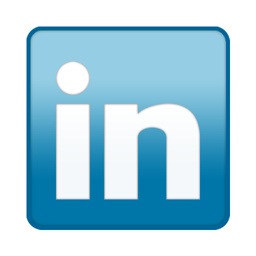
I’m a big fan of LinkedIn and encourage all my clients to use it actively. I’m even writing a guide on how to make the most of it as a job search tool. But not everything LinkedIn does is a good idea and the Resume Builder tool is a perfect example of this.
It sounds great in theory – create a LinkedIn profile and then transform it into a resume at the click of a button with no extra work. Who wouldn’t want that?
Here’s the problem
There are two things wrong with the idea:
1) Almost everybody has an ineffective LinkedIn profile to start with. If you translate that badly written, half-completed, impersonal and boring profile into a resume, guess what kind of resume you have.
2) If your LinkedIn profile is written the way it should be, it won’t translate into a good resume because the rules for LinkedIn are different from the rules for resumes.
There are resume conventions that recruiters and hiring managers expect you to follow. For example, never using the word “I” and omitting ‘a’ and ‘the’ for clarity. They also expect (and need) your resume to show a story of career progression and accomplishment and to illustrate it with action-oriented bullet points describing your achievement. The language is expected to be professional and crisp – if you sound too chatty, people will not think “he seems like a nice guy” they will think “he seems like someone who doesn’t know how to write a resume.”
Web Versus Print
But LinkedIn is different because it\’s a website and web communication needs to be fundamentally different from print communication. It needs to be more informal, more conversational and more concise. This is why so many business websites fail by the way. They make the mistake of speaking on the web exactly the way they speak in print. It’s boring enough to read a corporate mission statement in a brochure, but post it online and you have a guaranteed cure for insomnia!
When I write a LinkedIn profile for my clients, I don’t write it in the third person. I use the word “I” liberally. My tone is conversational, and I include personal details and even humor when appropriate. My descriptions of each position are far more concise than on a resume (because people don’t like to read long blocks of text on the web) and the profile headline is different from the resume headline. Why? Because the context is different.
No Shortcuts!
If a business decided to create a website and then copy that website exactly to create a print advertisement, I’d say they were nuts. Even if the website was excellent. The same is true of LinkedIn’s resume builder.
I know we’re all in a hurry. I know we want quick and easy solutions. But the truth is that looking for a job is hard work and if something seems too good to be true, it usually is. Bottom line, every type of communication is different and everyone needs to be tailored correctly for the medium and the audience. There’s no short cut to get around that fact.

Comments are closed.